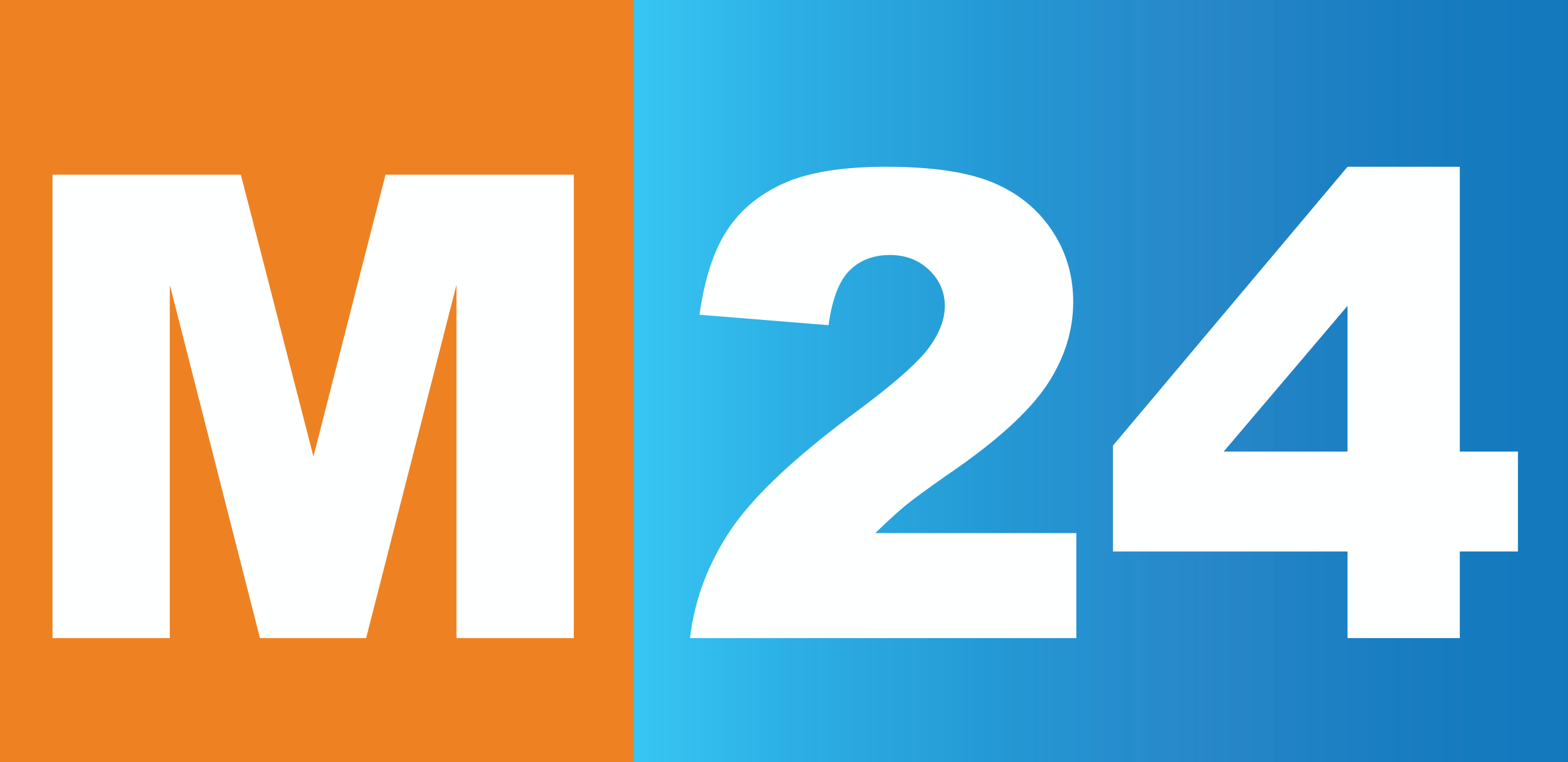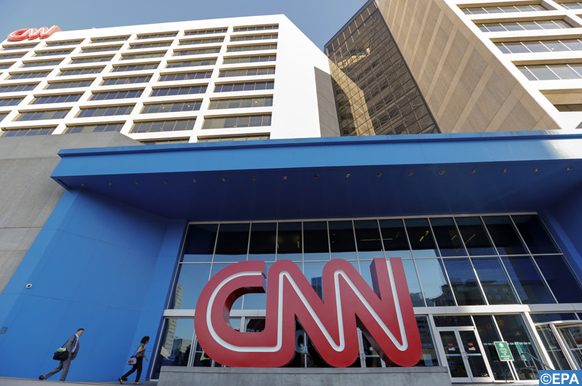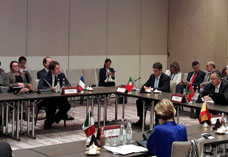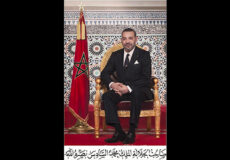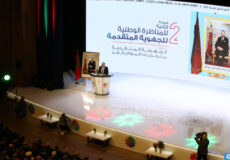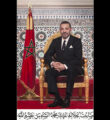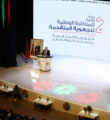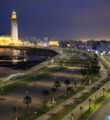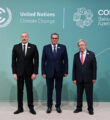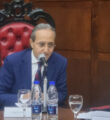CNN Touts the Merits of Solar Energy in Morocco
Washington – U.S. news channel CNN has touted the merits of solar energy in Morocco, a leading country in this area which has the world’s largest solar farm, namely the Noor-Ouarzazate complex, and shed light on the completely solar-powered village of Id Mjahdi in the region of Essaouira.
In a report published by CNN Business, the U.S. news channel underlined that near Morocco’s sunny Atlantic coast, “the tiny community of Id Mjahdi is being touted as Africa’s first completely solar-powered village.”
The country already has the world’s largest solar farm, the Noor-Ouarzazate complex, it said, adding that now, Id Mjahdi, on the outskirts of the city of Essaouira, “is being pitched as a blueprint for how to power remote villages that would be expensive to connect to the national electricity grid.”
While many other African villages use solar power to some extent, Id Mjahdi uses it for all its energy needs, it said.
When Moroccan solar power company Cleanergy came up with the idea of testing a sustainable model for electrifying remote communities, it looked for a village “where they need everything,” according to the company’s founder, Mohamed Lasry.
Before the scheme began, villagers relied on candles for light, and they typically could afford only around an hour of candlelight for working or studying in the evenings.
They would burn tree bark for heating and cooking, which was bad for their health, said Lasry.
Id Mjahdi did not even have a nearby source of water, and girls in particular often missed school days to walk several miles to a well, he added.
The first step in the $188,000 project was to build a water tower for the community. The next stage was to install a power station with 32 solar photovoltaic panels, which generate 8.32 kilowatts of electricity for distribution via a mini-grid.
The power station is connected to around 20 homes in the village, serving more than 50 people. Each house was provided with a fridge, water heater, television, oven and an outlet to charge devices. The solar network has a battery that can supply up to five hours of electricity outside daylight hours.
The project was also assisted by Cluster Solaire, a Moroccan non-profit that supports green-tech companies, which enlisted financial help from the Moroccan Agency for Sustainable Energy and French businesses Intermarché and Petit Olivier.
In October, Cleanergy unveiled several solar-powered buildings — a hammam (public baths), a workshop where women study and produce argan oil, and a preschool for children between the ages of three to six, which enables their mothers to work.
“For deprived communities seeking economic stability that won’t hurt the environment, this solar village shines bright,” the source noted.
Morocco already meets 35 percent of its electricity needs from renewables and aims to increase its use of renewable energy to 52 percent by 2030, according to the International Renewable Energy Agency (IRENA).
“Morocco is unquestionably a leader in sustainable energy,” said Francesco La Camera, director-general of IRENA.
Around 650 million people will still lack access to electricity in 2030, nine out of 10 of them in sub-Saharan Africa, according to the World Bank. It says mini-grids could be the most cost-effective solution for remote areas with a high enough demand, and could provide electricity for 500 million people by 2030.
